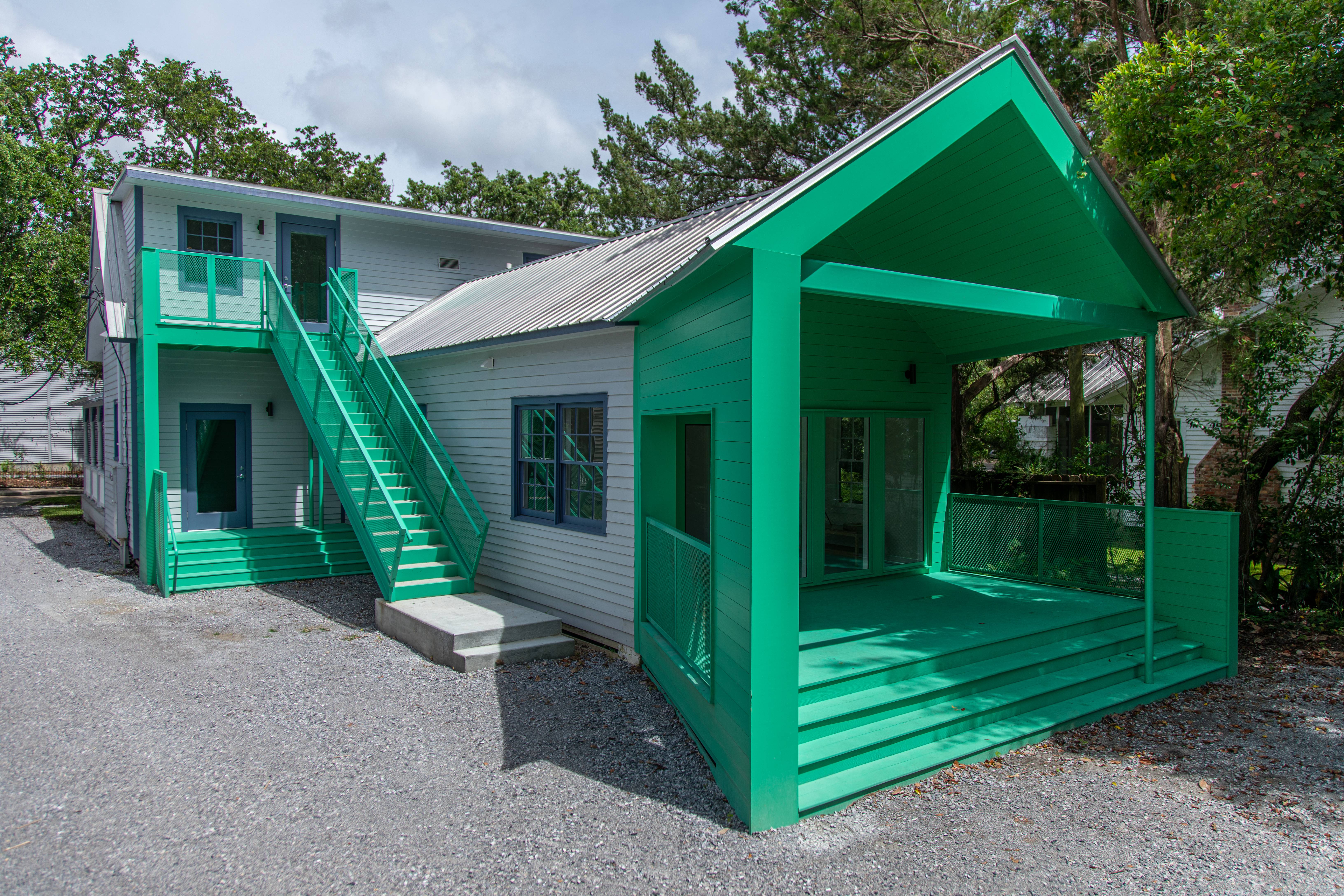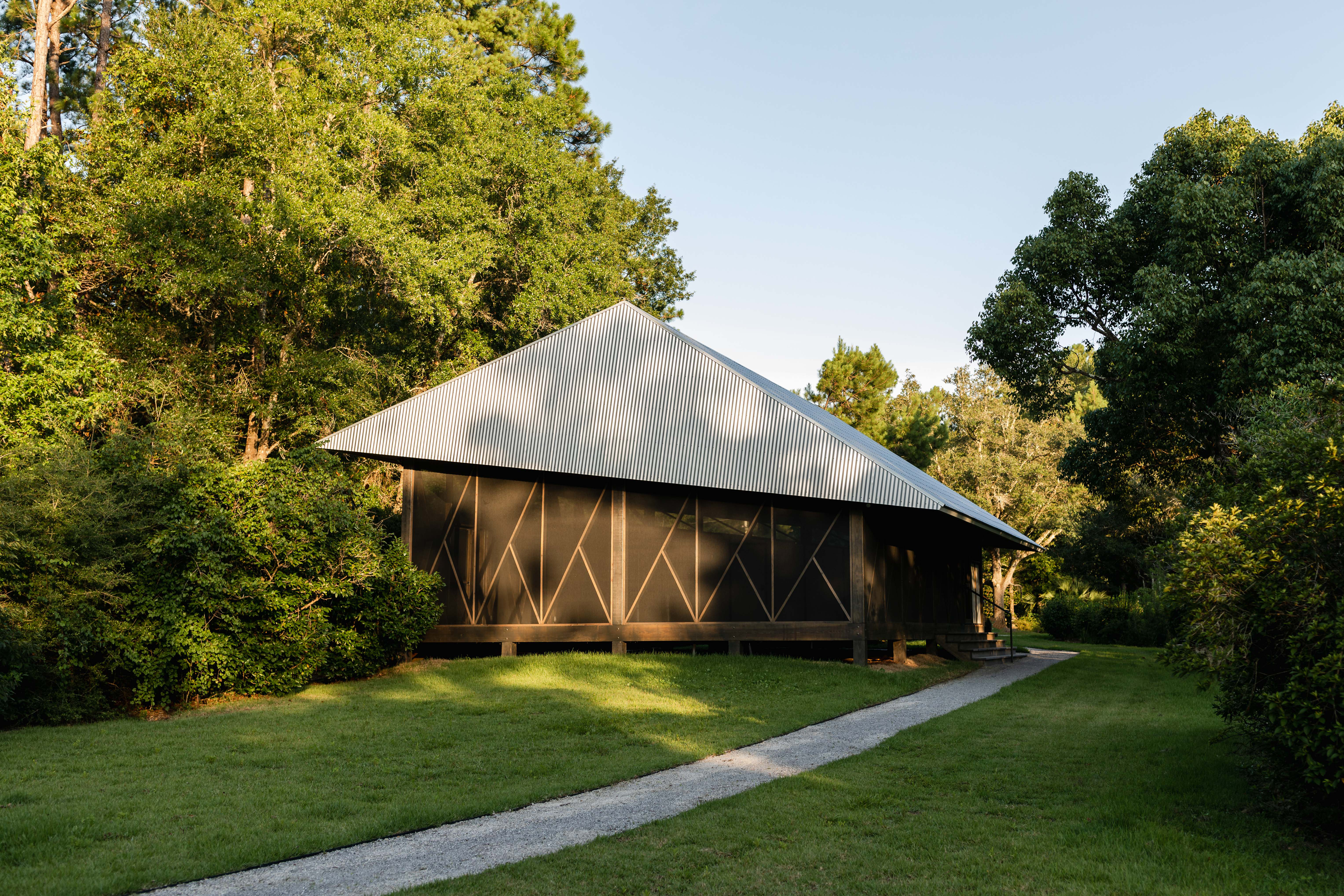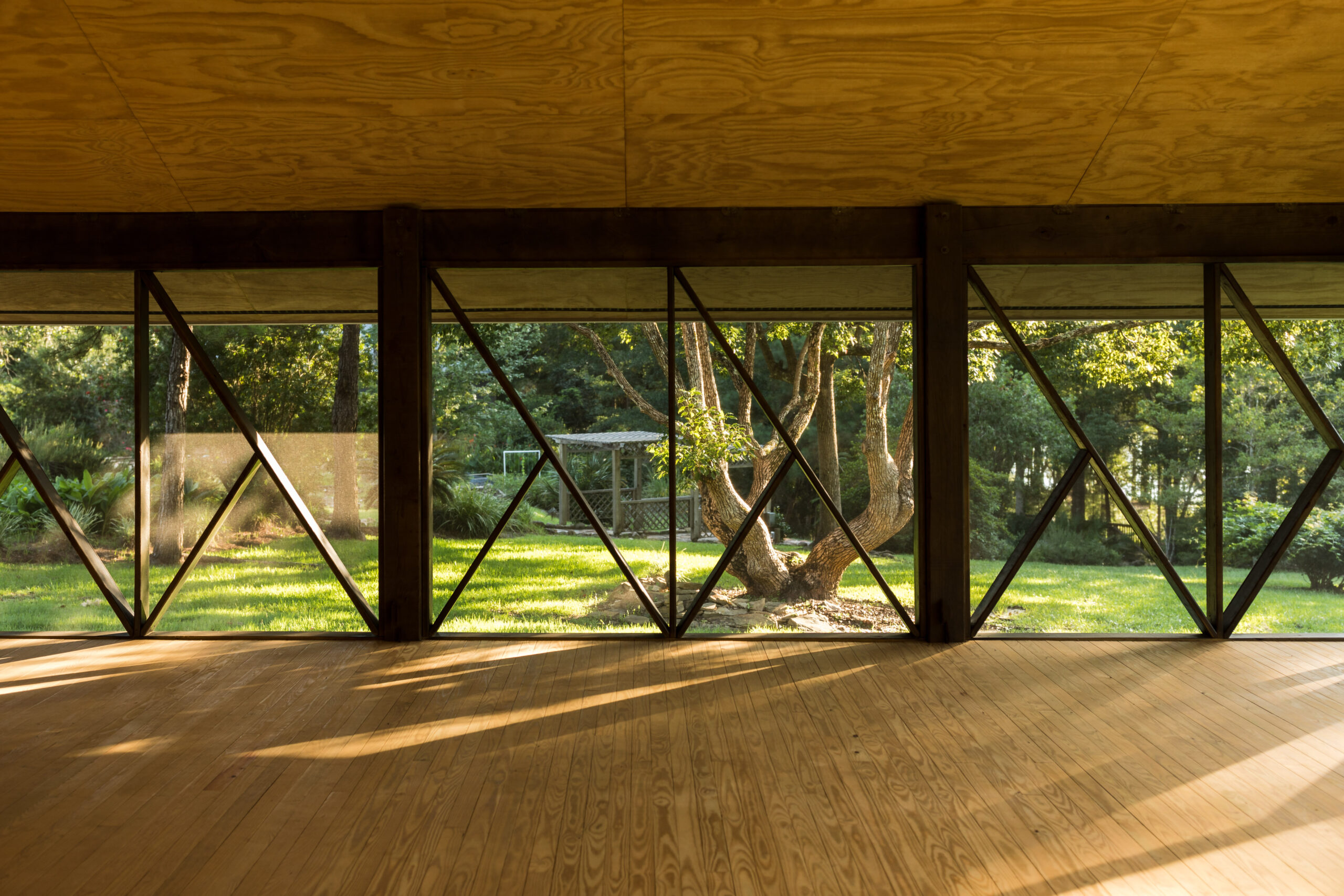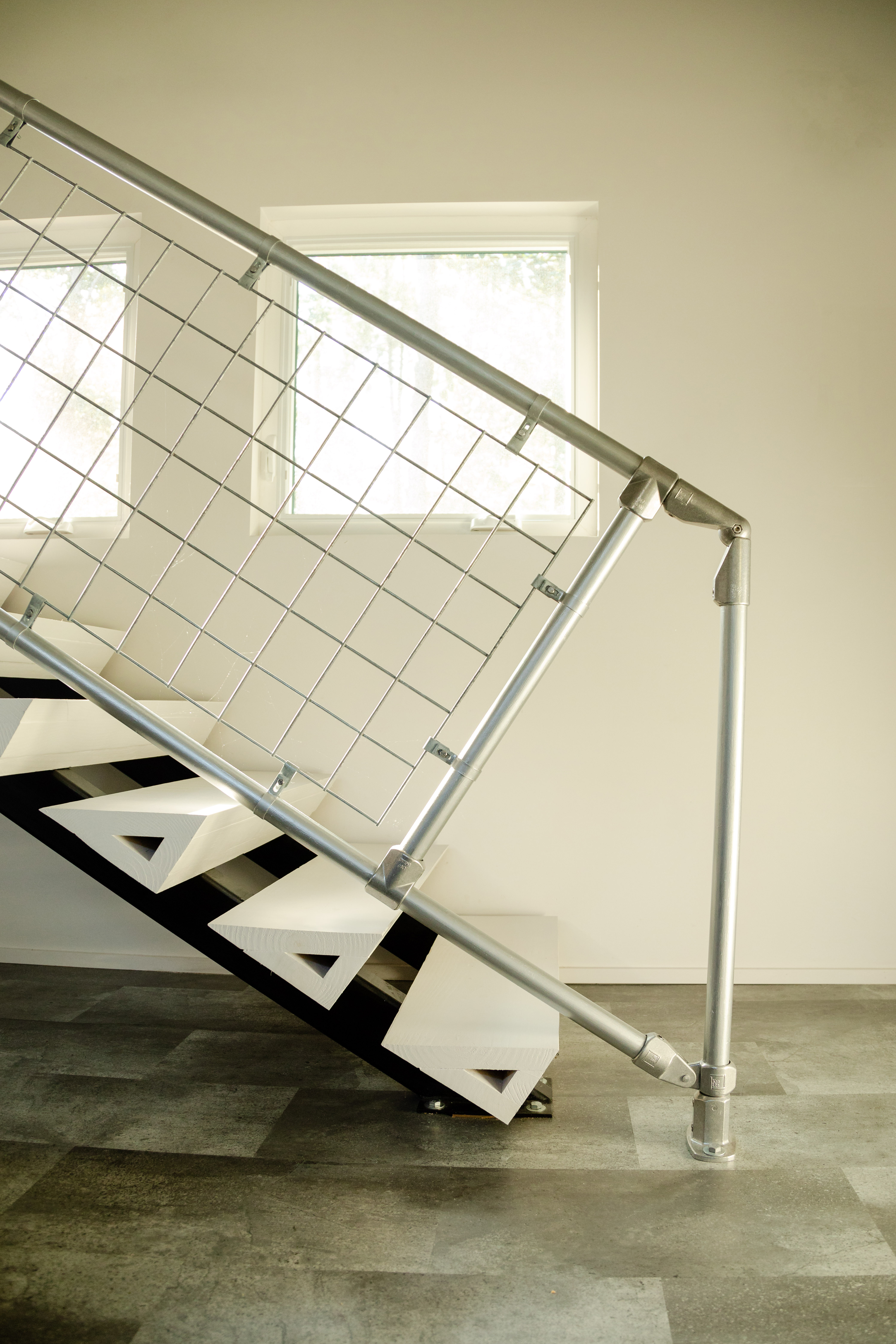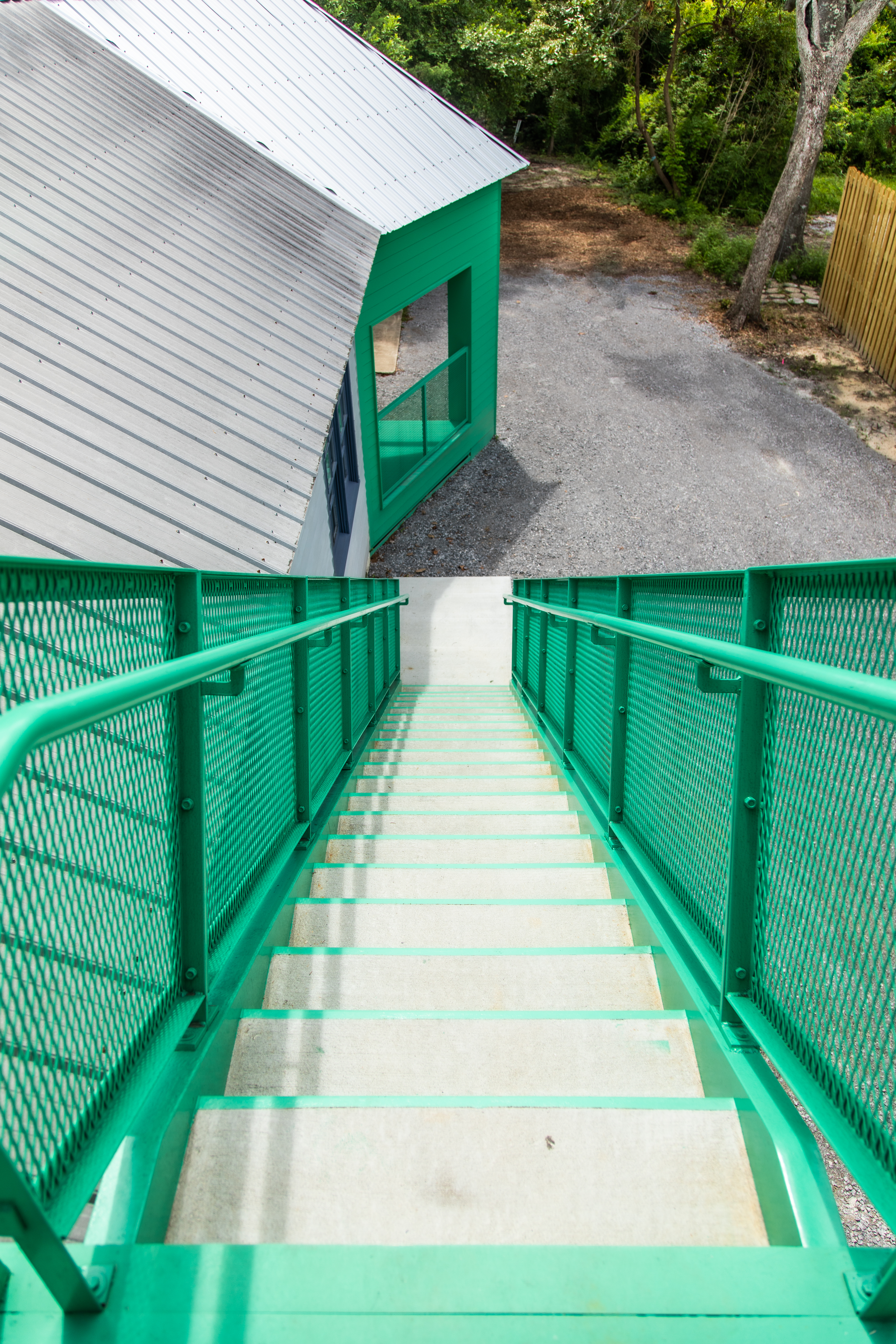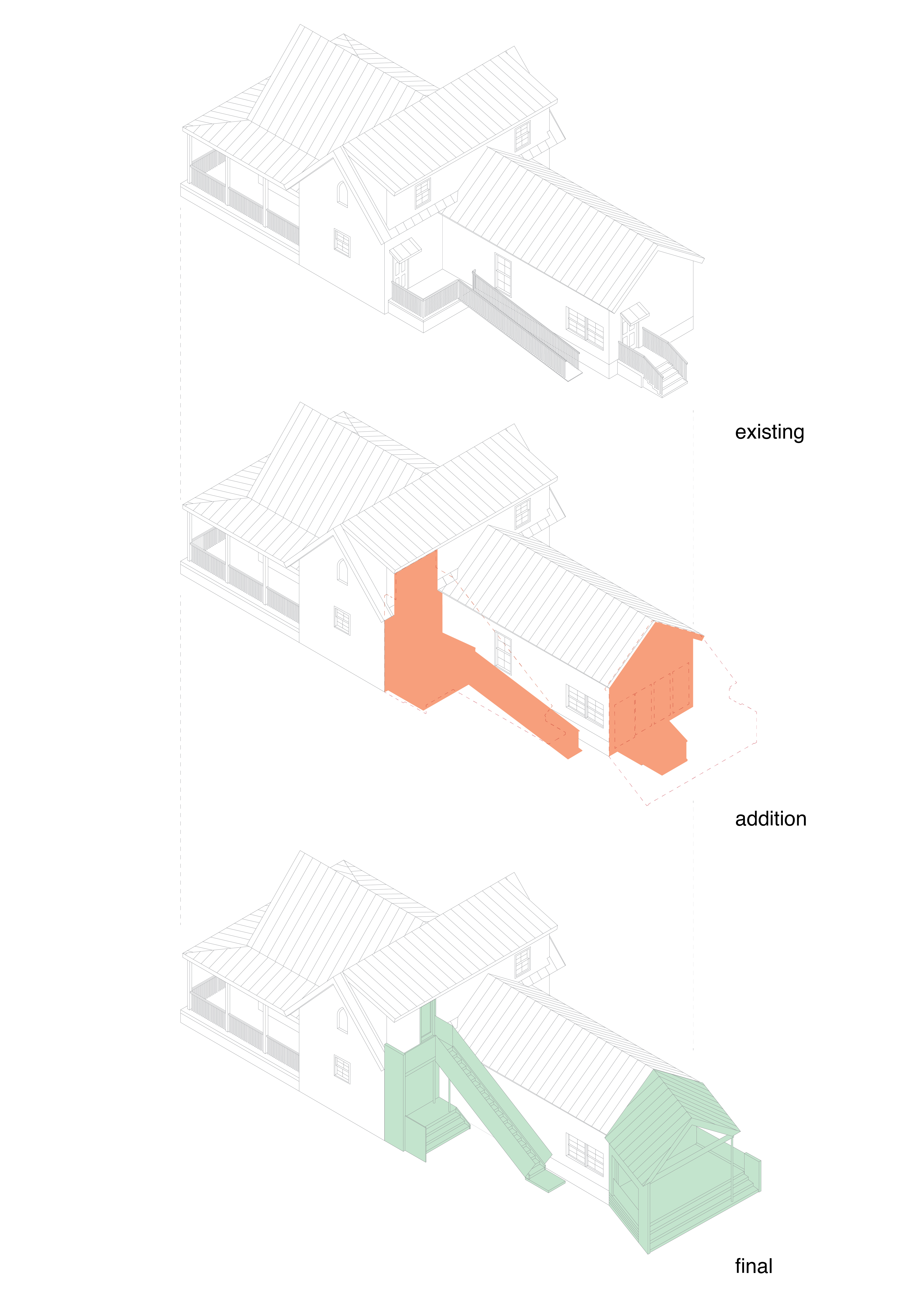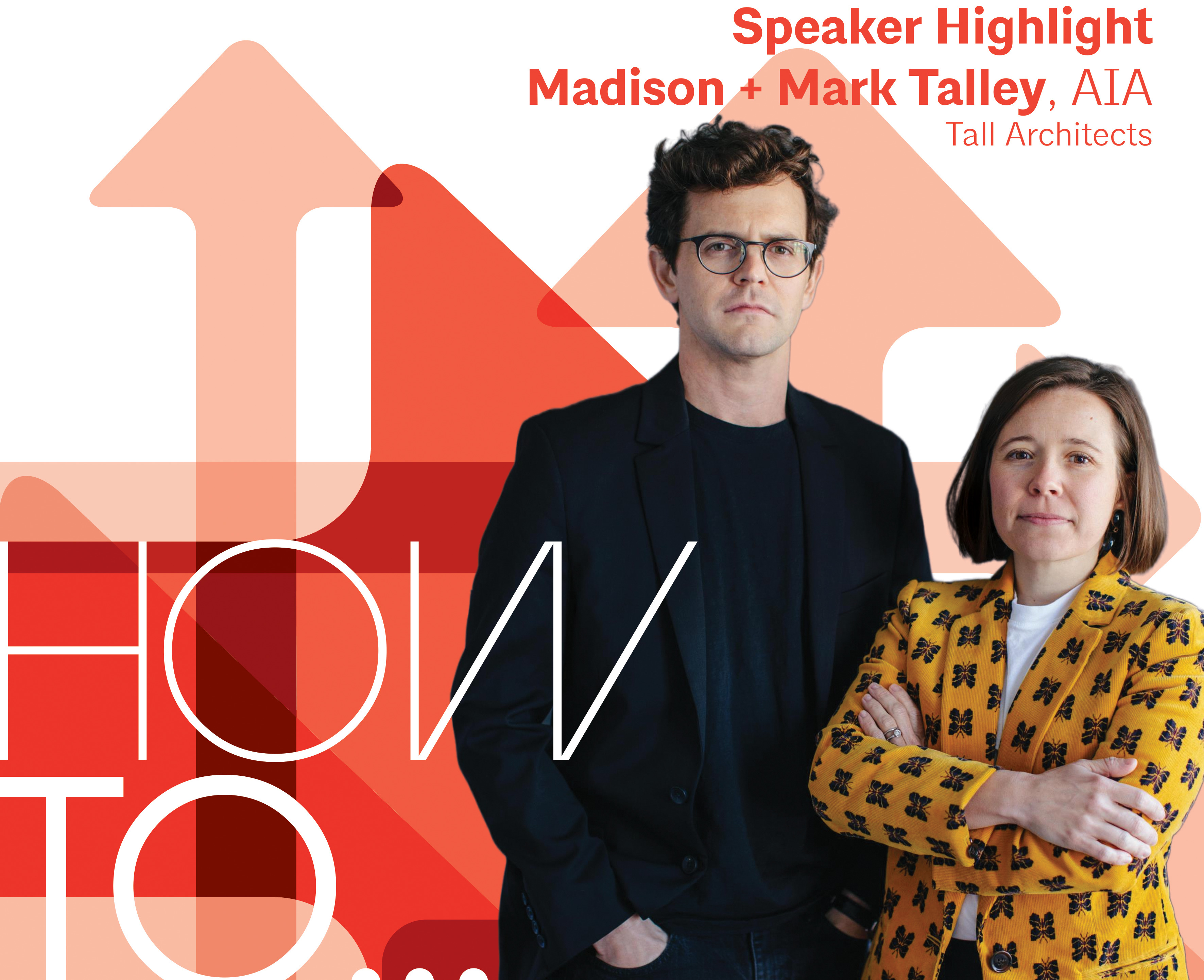
Speaker Spotlight: Madison and Mark Talley
Today, we are highlighting Madison and Mark Talley, founding partners of Tall Architects based in the coastal town of Ocean Springs, Mississippi. Their presentation at the conference – Sink or Swim: Resiliency through Adaptation – truly fits with the conference theme of How To, reflecting the firm’s thoughtful and progressive view of problem-solving through architecture. As they push boundaries in the design process, the end goal ultimately is about the community. They seek to create “intelligently designed, and beautiful, built spaces that enrich and enliven the community.”
Read our Q&A with Madison and Mark below.
Would you give a short summary of what you’ll be speaking about at the AIA TN conference and its importance for architects?
Madison and Mark: The talk will focus on designing resilient buildings, particularly in coastal environments, that respond to changing weather and climates, meet strict code and planning restrictions, and utilize simple, impactful forms and materials. Examples will be shown through our body of work.
We will also discuss running and growing an architecture practice through the lens of resiliency and adaptation and in response to the challenges brought forth socially and culturally, particularly in the South.
You were recently featured in Architect Magazine’s Next Progressives, and your firm strives to always do “something different”. Would you talk more about that? How do you define “different,” and how you make sure that happens in each project?
Madison and Mark: If we were to go back to that article, we might use a term besides “different”, however, we can say that we always want to do something out of the norm- unexpected.
This starts with making sure that our clients are open to pushing the boundaries from the get-go. We have tried to be very selective about the projects we take on, and the clients that we involve ourselves with. Designing a building with a client can be an incredibly emotional experience.
Belinda Stewart once told us that Sambo Mockbee told her that design is a roller coaster- the highest highs and the lowest lows. We want to make sure that everyone involved- client, architect, and contractor- is compatible.
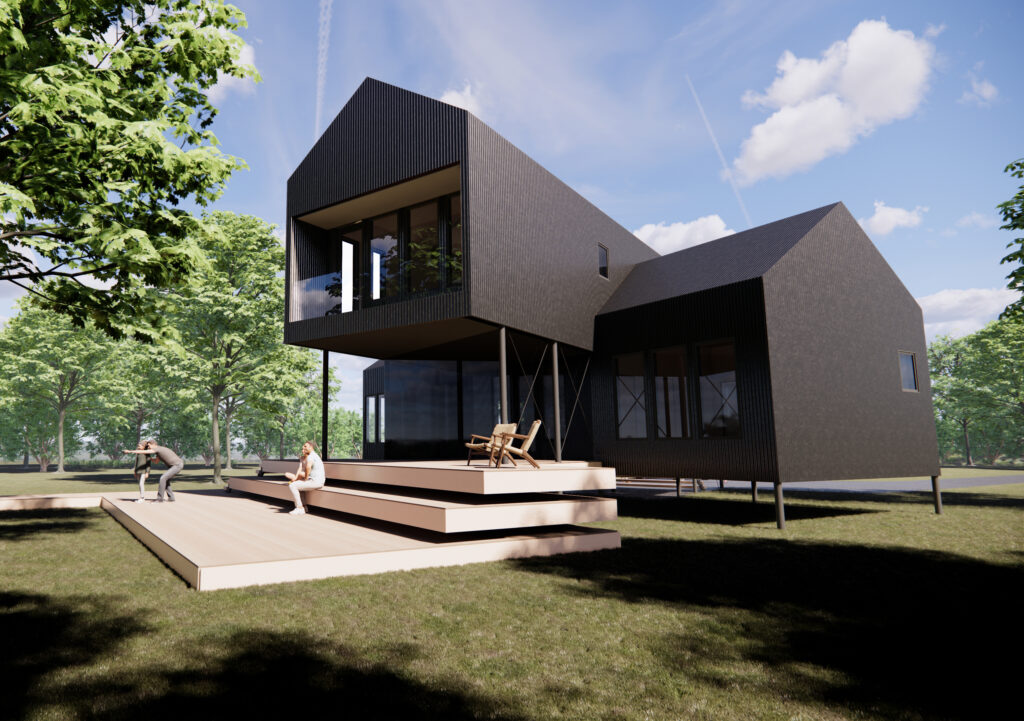
Many of your projects look to have familiar and uncomplicated forms and materials yet are well-detailed. How do you approach material selection and detailing?
Madison and Mark: Most of our projects, specifically the earliest ones, were dictated by tiny, and we mean miniscule, budgets. This is what led to the formation of our design “language”, if you could say that we have one. Over the years our project budgets have grown, but we have grown to respect and appreciate these simple forms. Not only because they are less expensive to build. They also tend to perform better in environments that are prone to high wind and rain events.
We typically approach material selection based on availability and resiliency. We ask ourselves: will it perform well in a wet, humid environment? If the answer is a no, we immediately dismiss the idea. We also approach detailing in a simple and clean manner. We ask: is it easy to construct? Can just about any contractor execute this detail? We want to make sure that what we are designing is sound in terms of material selection and constructability. We do at times detail things that are a bit more intensive. When that happens, we make sure that we are heavily involved during construction, often discussing, sketching and game planning with the contractor.
As your firm continues to grow, how have you navigated building your team? What do you value most in a new hire? Have those things changed a lot between your first hire and your most recent?
Madison and Mark: We believe in slow growth in relation to firm growth. We have been intentional about who we have hired and brought into the fold.
We want to make sure that we are considering diverse perspectives and backgrounds but with a common passion for the type of design we value and strive to produce.
All of our hires have been fairly young. What has been so exciting about this is that we are all learning and growing together. Ideas are constantly bouncing around about new and better ways to approach challenges. We have really been able to push each other to adapt and evolve.
Where are most of your projects located? Is this strategic with the type of work or research you are passionate about? Where would you like to design a project that you haven’t already and why?
Madison and Mark: The majority of our projects have been located in the Southeast. This isn’t strategic; however, we have learned so much about this particular climate- wet, humid, windy, hot- that we have developed an aesthetic response to these conditions. This design response tends to resonate with some (definitely not all), and people have begun to seek us out for the type of design we do.
We’d love to design a project on the West Coast. It would be intriguing to take some of the strategies we have learned and employed for our projects in the Southeast and apply them to a different locale/mentality that has a similar climate- minus the heavy rain and humidity.
We’d like to design buildings all over the world. That might not be specific enough, though.
WAMA Art Cottage Stair and Axons, Photography by Paige Reaux Photography and Axons by Tall Architects
What other interests outside of design do you have that contribute to your work?
Madison and Mark: We are both big readers. Every third book or so we find ourselves reading/listening to the same book. It’s always interesting to discuss and hear the other’s point of view.
Mark is learning to play the piano. He often associates notes and musical theory with the practice of architecture (or life).
Madison is constantly cooking something. It is one of her forms of stress relief and experimentation. She also has a 42” loom that she hopes to get back in working order this year.
Would you share some advice to younger architects or those new to architecture about the profession and the process of design?
Experiment. We’d advise to test out different firms- varying sizes, locations, and mindsets- to see where you fit. If you don’t find something that feels right, create it yourself. We started Tall when we were 26 and 27. We always advise that if you have any inkling to start your own firm, start early. What do you have to lose?

